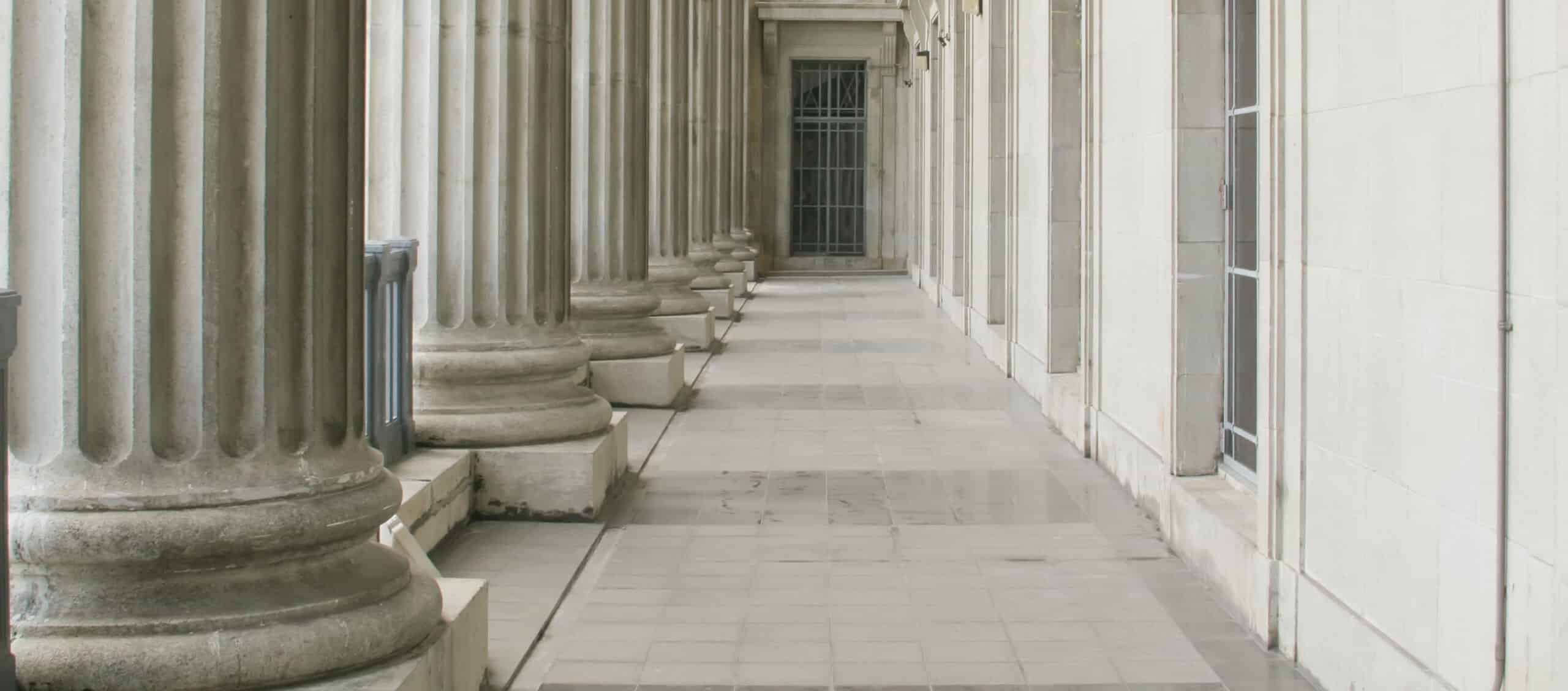Today, the House Ways and Means Committee will be holding hearings on the endowments of America’s elite institutions of higher education. Ostensibly, the inquiry relates to how colleges use their endowments, but ultimately the question before the Committee is whether these wealthy institutions deserve the tax breaks inherent in their nonprofit status—this is an exercise that Congress has been through before. But rather than spending its time throwing mud at traditional institutions of higher education, Congress would be better served to focus on how it could support disruptive innovations to bring down higher education costs and reach more students.
There is no doubt: the wealthy elite colleges and universities are very, very rich—and getting even richer. Philanthropic efforts in higher education are highly skewed toward the fundraising machines of elite institutions. In fact, of the $40.3 billion raised by U.S. colleges last year, the top 20 universities raked in $11.6 billion of these funds. For context, edtech—inclusive of both higher ed and K–12—raised only the $2.5 billion in 2015.
As elite colleges and universities have noted in response to various congressional inquiries, these funds are used to provide financial aid to students who otherwise couldn’t afford college, to fund world-changing research, and to create physical spaces and campus resources that are used by their surrounding communities [note: I was involved in a response to Senator Grassley’s 2008 inquiry]. We would describe these investments as sustaining innovations—the year-by-year improvements, both incremental and breakthrough, that make products and services better for existing customers—or students, in this case. Sustaining innovations help companies make higher quality products, but they also tend to make products more expensive and complex—a trend we’ve certainly seen in higher education. But these sustaining innovations aren’t resolving the business model tensions driving issues of affordability and access.
Even the generosity of wealthy donors may not be enough to keep traditional models of higher education afloat. Endowments aren’t earning the returns required to keep pace with cost growth and spending. Cost growth in higher education outpaces other industries—the Commonfund’s HEPI Index pegs it at 2.7 percent annualized over the past 10 years—well above the rate of inflation. As endowments struggle to keep pace with growing costs, the burden falls more heavily on students, thus increasing the pressure on college development departments to identify new donors.
But in the face of today’s affordability crisis, does subsidizing the price of higher education actually create sustainable access to college? Congress is focused on how traditional institutions are spending their money—and questioning whether they should spend more money subsidizing access. But subsidizing access to a broken business model doesn’t fix the business model. Wouldn’t it be better if new business models opened the door to quality education at an affordable cost? A scholarship for a student today helps a student today—and that’s a good thing. But investments in innovative business models that could bring down the cost of college could help students tomorrow, as well as today.
If Congress is truly interested in helping students, there is a lot it could do. Disruptive innovations—those that disrupt and redefine products by being more convenient, simpler, and less expensive—have the potential to expand access to education and reduce costs; but the current regulatory structure dissuades many innovators from entering the market. There are steps Congress can take to help innovators better address the needs of students. First, reauthorizing the outdated Higher Education Act would be a big step, as many innovators find that applying language from 1965 to today’s online- and blended-learning programs creates regulatory opacity at best. Second, drafting legislation enabling the Department of Education to move on from the credit hour as the standard of measure in providing financial aid could open the door to a tremendous growth in CBE programs, which students as well as employers would gladly welcome. Third, modernizing accreditation and the quality control process could help weed out bad actors, help regulate non-degree programs, and encourage new entrants in the higher education marketplace.
Today’s hearings are likely to shed light on problems we’ve heard a lot about—but they aren’t a step toward solving them.
For more, see:



